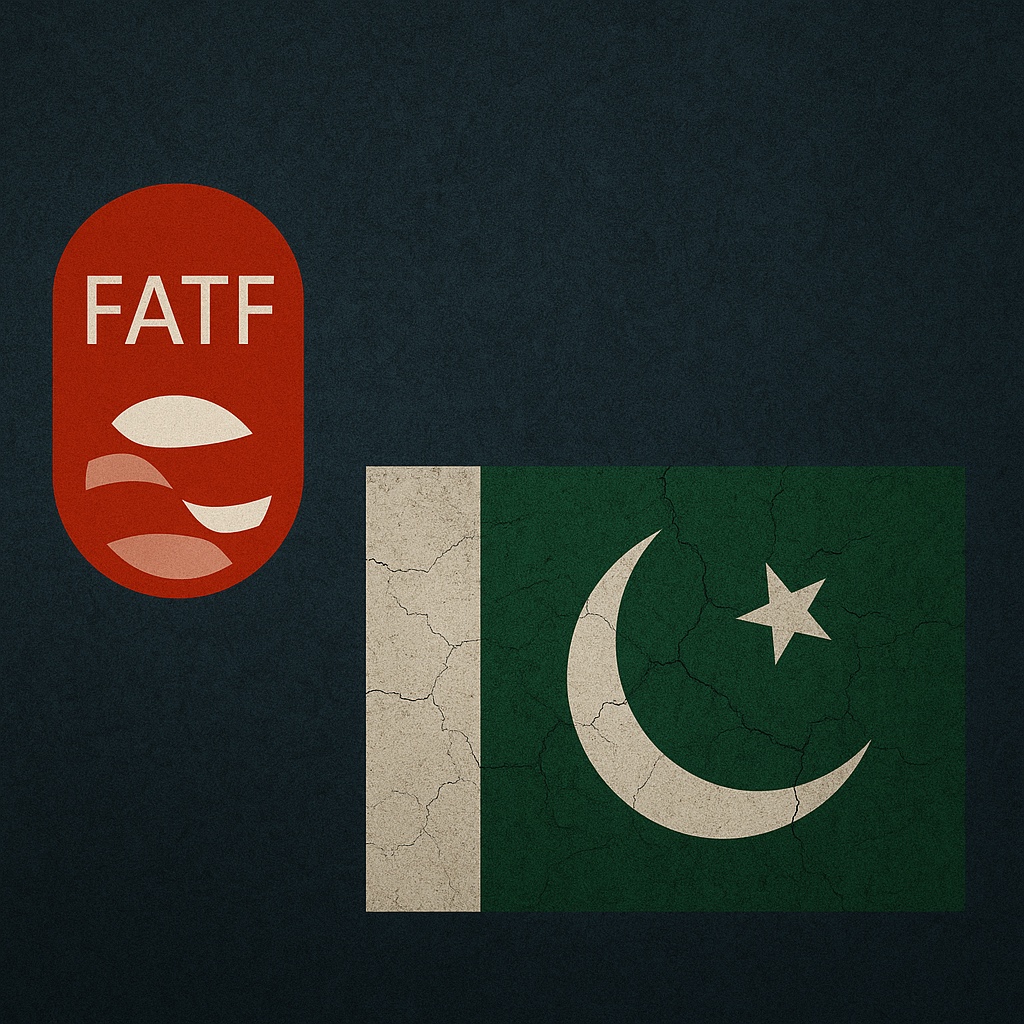Pakistan’s record with the Financial Action Task Force (FATF) reads like a trilogy of broken promises. From 2008 to 2022, the country slipped onto – and briefly wriggled off – the Grey List three times. The first listing, on 28 February 2008, lasted 848 days; the second, from 16 February 2012, ran for 1,106 days; and the third, beginning 28 June 2018, dragged on for 1,576 days. With each removal, Islamabad issued florid assurances, yet the underlying machinery of terror finance remained intact.
Terror groups targeting India – such as Lashkar-e-Taiba (LeT), Jaish-e-Mohammed (JeM) and Hizbul Mujahideen (HM) – together with organisations like al-Qaeda, Tehreek-e-Taliban Pakistan (TTP) and Islamic State, including its Khorasan offshoot (ISKP), continue to raise money under the watchful – and largely indulgent – eye of Pakistan’s security establishment, weak governance structures and corrupt networks.
The pattern has become wearily familiar. In 2008, FATF’s notice was almost courteous, asking Islamabad to plug ‘loopholes’. By 2012, the language had hardened, demanding the freezing of terrorist assets and alignment with United Nations Security Council Resolution 1267. A reprieve granted in 2015 was hedged with instructions to continue working ‘closely’ with the Asia/Pacific Group on Money Laundering (APG), part of the FATF’s global network, of which Pakistan is a member.
When the watchdog returned with grey-listing in 2018, it tabled a withering ten-point agenda, later expanded to 34 specific actions. Pakistan was tasked to identify, analyse, control and end terror financing, and to involve its law-enforcement agencies actively in the process. A clutch of compliance Bills was hurried through Parliament in an effort to meet FATF norms.
The FATF Plenary removed Pakistan from the Grey List in October 2022, but with the reminder: ‘Pakistan will continue to work with the APG to further improve its AML/CFT system.’ Though forced to meet every FATF benchmark, history suggests the country cannot be trusted.
That fragile façade shattered anew on 22 April 2025. In Pahalgam, Jammu & Kashmir, terrorists – two of them Pakistani nationals – slaughtered 26 civilians. The Resistance Front, an offshoot of Lashkar-e-Taiba, claimed responsibility. Far from being a rogue cell, the TRF operates within the same terror ecosystem that Pakistan’s deep state has nurtured for decades.
The atrocity has forced an awkward question back onto the FATF Plenary convening in June 2025: can a country that remains a safe haven for terrorist groups be allowed to stay off the Grey List?
New Delhi’s answer was swift and calibrated. On 7 May, India launched Operation Sindoor, a series of surgical strikes designed to neutralise the infrastructure that spawned the Pahalgam massacre. The headquarters of LeT in Muridke and of JeM in Bahawalpur were reduced to rubble, along with seven other terror camps in Pakistan and Pakistan-occupied Kashmir. The raids were deliberately narrow – no civilian structures were touched – underscoring India’s resolve to respond to terror with precision, not escalation.
The very existence of these compounds, after Islamabad had sworn to uphold FATF norms on terror financing, lays bare the cosmetic nature of Pakistan’s past compliance. Three listings in fourteen years reveal a state that treats FATF deadlines as inconveniences to be gamed until diplomatic pressure subsides.










